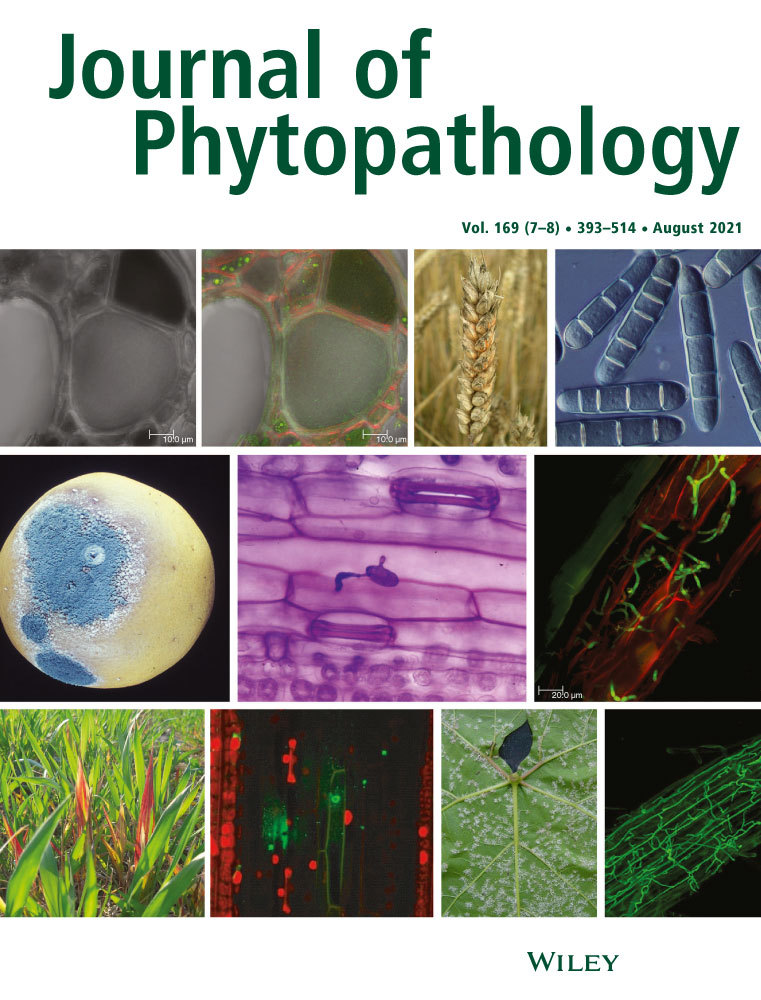Quantification of grain yield losses in mega rice varieties of south Asia due to infection by the sheath blight pathogen (Rhizoctonia solani) at different growth stages was carried out in 2 years in Northern India. Pathogen inoculation was done at the tillering, booting and grain-filling stages of the crop under field conditions. The disease variables viz. disease severity, disease incidence, flag leaf infection and relative yield loss were determined on the mega varieties viz Swarna, Swarna Sub-1 and PR 122. The effect of crop growth stage at inoculation and varieties was more important for disease variables than for relative yield loss. Booting and tillering stages were the most critical for higher sheath blight development with the highest relative yield loss. Among the mega rice varieties Swarna and Swarna-Sub1, no significant difference was observed in all the disease variables and grain yield loss while the local variety PR 122 outperformed both mega varieties in disease variables and grain yield loss. PR 122 had the lowest yield losses due to low disease severity (14.22%–19.23%) during both years. All disease variables were positively correlated with relative yield losses. Regarding disease management strategies the focus should be on managing the disease initiation, particularly at the tillering and booting stages of the crop.
Quantification of yield losses with relation to sheath blight development at different growth stages in mega rice varieties of South Asia
Citation: Lore, J. S., Jain, J., Hunjan, M. S., Singh, P., Kumar, S., Zaidi, N. W., & Singh, U. S. (2021b). Quantification of yield losses with relation to sheath blight development at different growth stages in mega rice varieties of South Asia. Journal of Phytopathology. ISSN: 2239-7264. 169(7–8). 500–507.
2021-08-24
CROP AND SYSTEMS SCIENCES CSS, CROP PROTECTION
South America
journal_article

